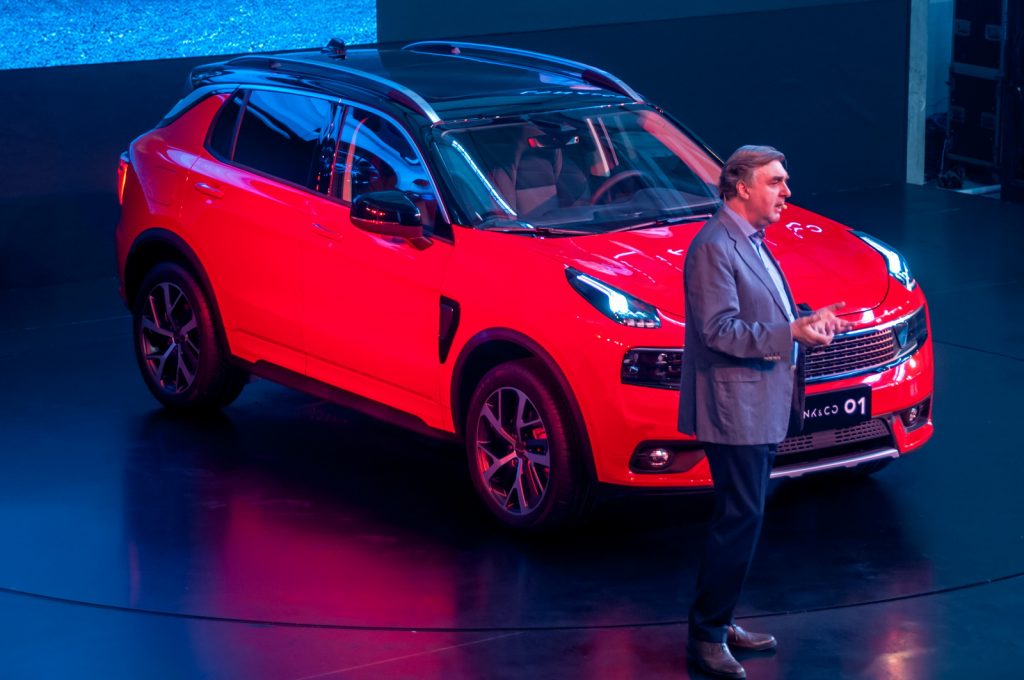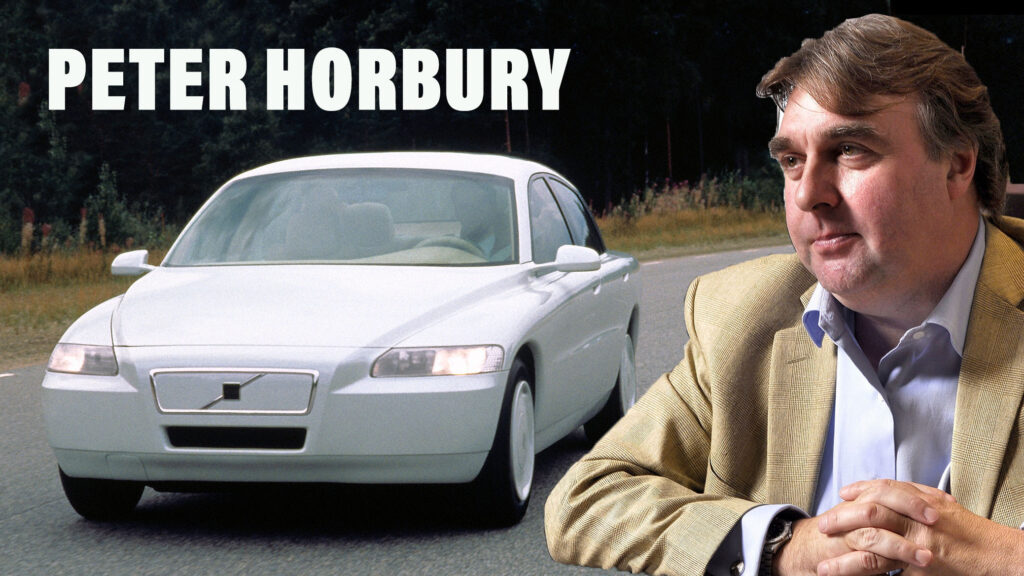Try typing “greatest car designers” into Google. I did and it came up with 34 names covering more than 100 years of car design. One name you won’t find on that list is that of Peter Horbury, who has died unexpectedly at the age of 73. Yet this quietly-spoken Brit has arguably had far more influence over the past 40-plus years on the shape of the cars we see around us than many other more famous names on that list.
There’s a chance you’ve never even heard of Peter Horbury, or if you have, the name rings a bell, but you can’t quite put your finger on why. Though a big deal in the car industry, to the outer world he’s far less well known than contemporaries like Ian Callum, Chris Bangle and Frank Stephenson.
But you’ll have seen Horbury’s work a million times, even if you didn’t know it, most obviously thanks to his work with Volvo. It was during one of those periods that he created the 1992 ECC concept, a sedan that didn’t only help transform Volvo design from the late 1990s when it filtered through to production cars like the S80 and S60, but whose influence you can still see in today’s Volvo designs.
Related: Who’s The Best Car Designer Ever?

Horbury’s earliest design work appeared on the nose of the 1978 Chrysler Horizon, after which he moved to Ford where he contributed to the controversial, but game-changing jellymould Sierra. Then it was off to Sweden for the first of three stints at Volvo, interspersed with work at an independent consultancy contracted to some of the biggest names in the car world, and a period in charge of Ford of America’s design operations. Before nabbing the top Ford job, Horbury had previously been tasked with overseeing the design work of Ford’s Premium Automotive Group portfolio that included Aston Martin, Jaguar, Land Rover, and Volvo.
After China’s Geely acquired Volvo, Horbury landed the design overlord’s job there, helping shape the look of products as diverse as the reborn London Taxi, Lotus Eletre, and vehicles from Geely’s Lynk & Co and Zeekr brands. As with any top-tier designer, Horbury’s later career was spent managing a team of talented designers who could achieve goals set by him, rather than wielding the pencil himself, but his influence on the cars around us was, and will continue to be, massive.










